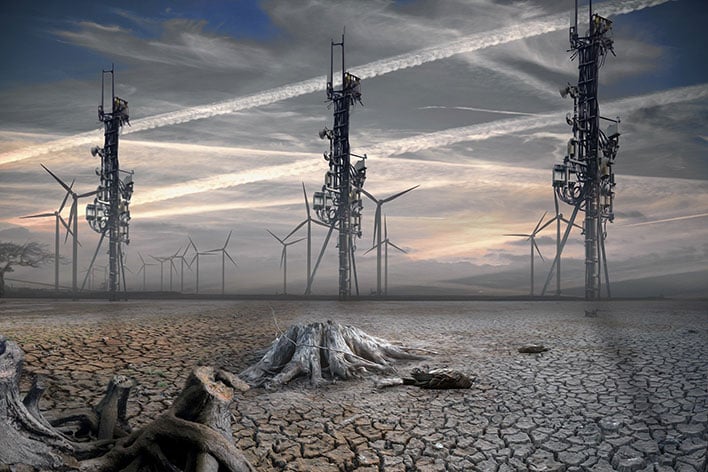If you've ever walked through a city, you may have seen tiny 5G cell towers placed on poles for street lighting. They appear like tiny boxes however they're actually sending wireless signals from mobile providers to your mobile.
They are replacing larger specially-designed cell towers. Although they're not as visible however, they could cause problems for people.
A FCC's Radiation Exposure Thresholds
The FCC's Radiation Exposure Thresholds define the maximum amount of time one can expose to electromagnetic energy generated by wireless devices. The exposure limits are based upon scientific research which show that the energy of RF can cause harm to health.
The absorption rate specific (SAR) is an indication of the amount of radiofrequency energy absorption by tissues. It's usually 1.6 milliwatts per kilogram averaged over one gram of tissue.
Since 5g is able to transmit at higher frequencies this could be able to create more energy on the skin and other directly-exposed body parts. This can lead to various possible harms, such as an increase in formation of skin disorders such as dermatitis and skin cancer and cataracts.
Due to the possible negative effects of 5G radiation, PSU has chosen to create a general power density limit of 4 mW/cm2 measured on 1cm2, but not to exceed 30 minutes, for all 5G services running at 3000 GHz. This localized limit is consistent with the peak SAR that is spatially averaged at 1.6 W/kg, averaged over one grams of tissues at six GHz.
The FCC's Maximum Exposure Thresholds for Maximum Exposure
If you've ever used a mobile phone, you probably know that a safe location from the tower is around 400 meters away. This is due to the power of the transmission of cell towers increases drastically the further away your location from the tower.
Although this may sound like a good idea but the truth is that people who live close to towers might be more susceptible to health issues. For instance, a 2014 study in India discovered that those living within 50 meters from cell towers suffered significant more health issues than those living further away from the antennas.
However, safe distance to live from cell phone tower revealed that those who relocated to areas that were further from cell towers experienced their symptoms improve within a couple of days. Another study has demonstrated that exposure to extreme levels of radiofrequency electromagnetic fields (EMFs) could cause brain tumors, cancer and other health issues.

This is due to the fact that RF radiation, which is used in wireless communications, may penetrate the human body's outer layer, the skin. It is vital to be aware of this because the skin acts as a protective barrier against mechanical injury, infection by pathogenic microorganisms, and the entry of harmful substances. Additionally, it is the biggest organ of the human body and is accountable for maintaining the integrity of other organs.
The FCC's Minimum Exposure Thresholds
The FCC's Minimum Exposure Thresholds rely on numerous assumptions that aren't supported by scientific evidence. These include the erroneous assumption that short-term exposures to RF radiation are safe because of the minimal absorption into body (i.e., tissue heating).
what is a safe distance from a cell tower is also ignoring the more extensive penetration of ELF components of modulated RF signals, as well as the consequences of short bursts of heat generated by RF waves that are pulsed. These theories are not compatible with current understanding of the biological consequences of RF radiation, and thus they should not be considered for health protection exposure guidelines.
Additionally to that, ICNIRP and FCC are limiting their maximum radiation limits for local peak SARs that are based on the peak spatial specific absorption rate (psSAR) that is not a sufficient dosimetric tool to determine the degree of exposure to RF radiation. Particularly, psSAR is website when frequencies exceed 6 GHz. In addition, psSAR is not been evaluated for RF radiation exposed to other environmental agents such like sunlight. Interactions of RF radiation and other environmental agents may cause synergistic or antagonistic results. This can lead to an increased risk of negative health effects. For example, co-exposure to RF radiation and sunlight could cause an increase in the incidence of developing skin cancer, as well as aggravate other skin disorders, such as acne.
